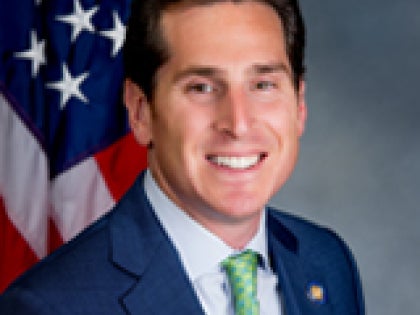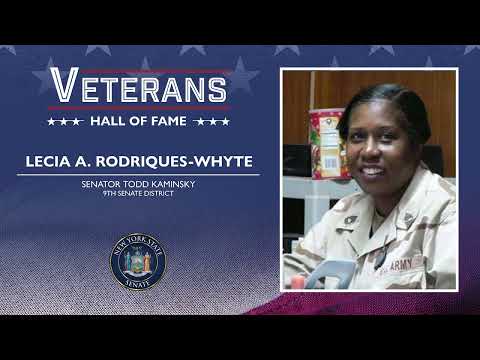
Basic changes would boost voting
The June 23 primary election should have been a high point for New York’s democracy. A silver lining of the COVID-19 pandemic seemed to be a surge in voting, mostly represented in the significant increase in absentee ballot requests statewide. But as Election Day began, it became clear that our democratic dream was actually a bureaucratic nightmare.
News of chaos at poll sites and undistributed mail-in ballots was flooding social media just hours into voting. We won’t know the true extent of the disenfranchisement for weeks — maybe months — but it is unfortunately safe to say that it was not uncommon.
Most troubling is that many of the polls were poorly staffed, leading to confusion and, reportedly in some cases, mistakes such as handing out incomplete ballots and incorrect voting instructions. There is no excuse for that.
It is likely that a main reason for the problems brought on by a lack of poll-site volunteers was a result of the pandemic: poll workers tend to be older and at greater risk of infection, so they stayed home. Understandably, older volunteers are concerned about their health during a pandemic. What is not understandable is why the state has to rely so heavily on elderly New Yorkers to ensure all votes are counted.
Retired New Yorkers are by far the largest demographic that can volunteer all day on a Tuesday. The second-largest demographic, however, are college students. Between SUNY and CUNY alone, there are about 700,000 of them. Yet, most of them cannot work at the polls in New York.
That is because state law restricts poll workers to sites in the districts where they are registered to vote. But of course most young people leave home — where they are normally registered to vote — to go off to college. And there’s no reason we can think of why it is necessary or even logical that poll workers must volunteer only where they are registered to vote.
So we are proposing legislation in Albany to authorize full-time college students who are registered to vote in New York to act as election inspectors and poll clerks in the districts where their colleges are located. Not only are they more likely to have the time to volunteer, they are also more likely to be motivated by the $200 or so that the Board of Elections offers for the day.
Basic changes to the rules like this should have been implemented long ago. In 2016, New Yorkers waited in long lines to vote because of understaffed poll sites and confusion. In the 2000 election, voters waited hours. This is an extremely predictable problem that will just keep happening until we fix it.
We also need to prioritize providing poll workers with split shifts, to help prevent fatigue and grant flexibility for workers whose workdays can be more than 16 hours. Allowing poll workers to work shorter shifts, especially our older ones, is common sense. It also attracts new volunteers and ensures poll workers are focused, not worn out after a marathon workday.
This fall’s presidential election could be even more chaotic. With all that is going on in this country, we could easily see record turnout. What’s more, with the likelihood that we might still be facing COVID-19, health concerns and logistical complications might complicate voting at poll sites. Disenfranchising voters because we make it hard to volunteer to work a poll site is dumb. So let’s make it easier to ensure poll sites are properly staffed and every vote is counted.
State Sen. Todd Kaminsky represents Long Beach and Assemb. Nily Rozic represents Queens. Both are Democrats.
